“Sharks have roamed the oceans for more than four hundred millions years, and in this time they have never stopped adapting to the ever-changing world—their unique cartilage skeletons and array of super-senses mark them as one of the most evolved groups of animals…Yet, tens of millions of sharks are killed every year just to fill the demand for shark fin soup alone.”
—Courtesy University of Chicago Press
As a contributing photographer to National Geographic Thomas P. Peschak “leads a near continuous nomadic existence, and spends 300 days per year in the field on assignments around the world,” according to the biography on his website. As a trained marine biologist, many of those 300 days are spent underwater. Peschak began his career photographing Africa’s marine and coastal areas, producing three books: Currents of Contrast, South Africa’s Great White Shark and Wild Seas Secret Shores of Africa. In 2009, he published Lost World, featuring the marine world of Aldabra, located in the Indian Ocean. Aldabra is an uninhabited island, and contains the world’s second largest coral reef. Peschak’s newest book, Sharks and People, visually presents the relationship between humans and the animals at the top of their underwater food chain. Peschak photographed sharks and people in more than two dozen locations around the world.


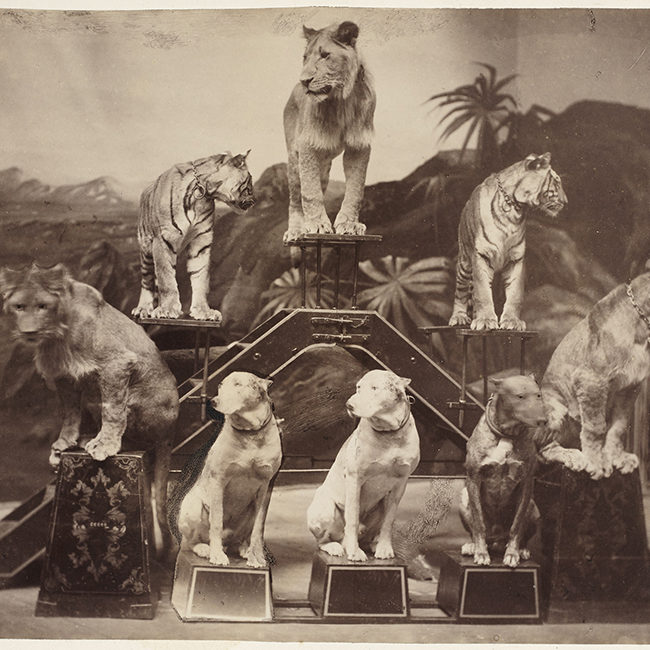

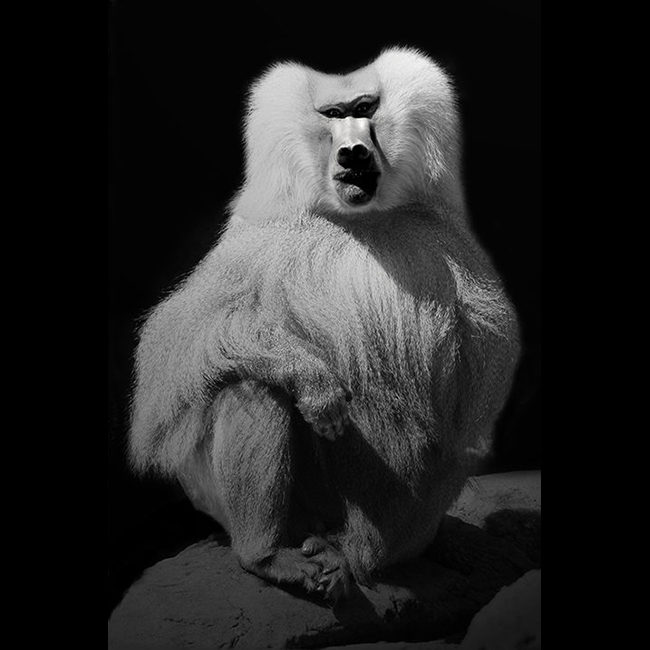
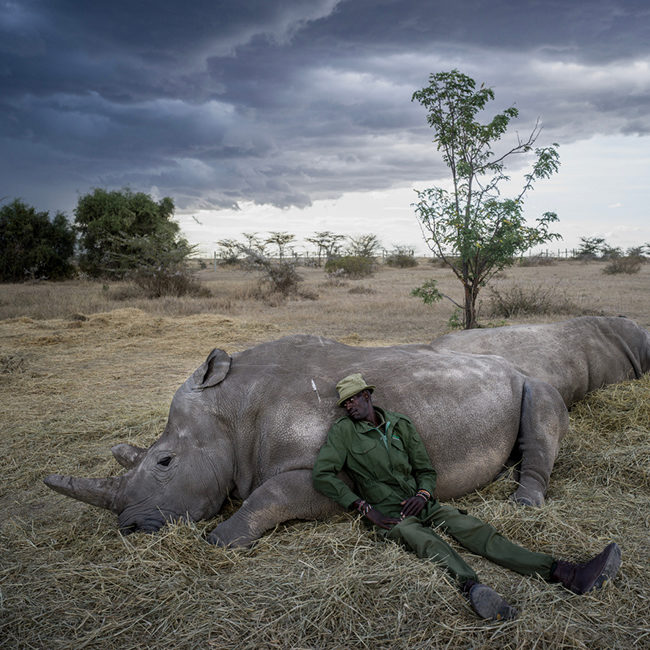
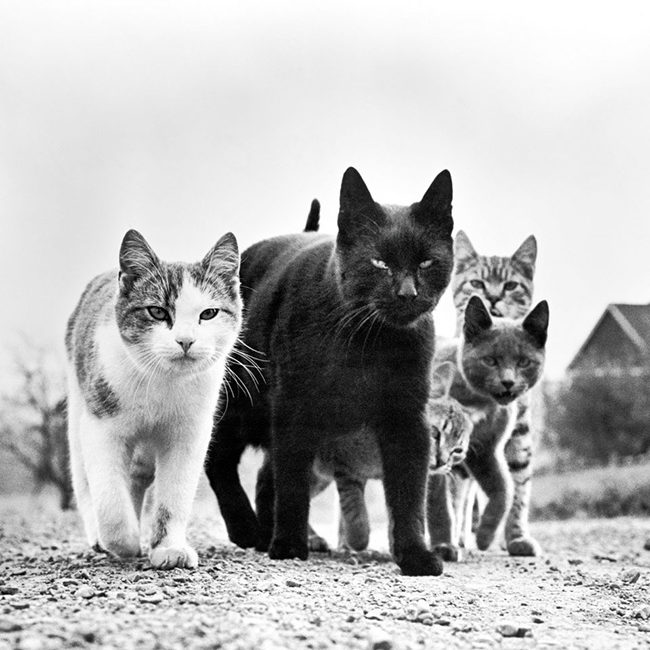
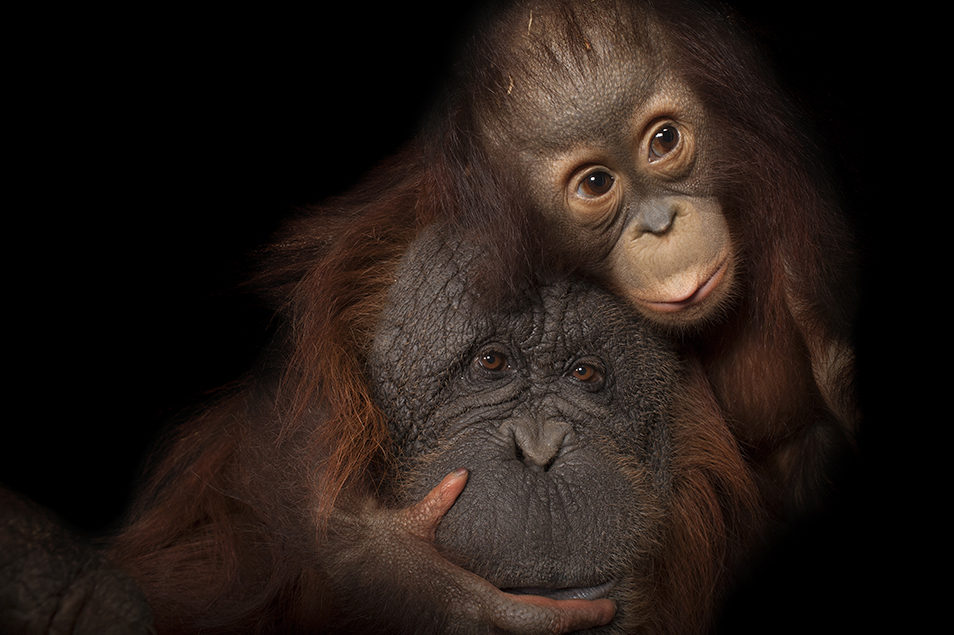
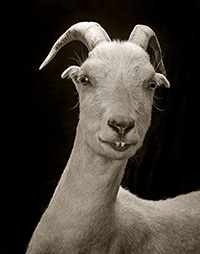
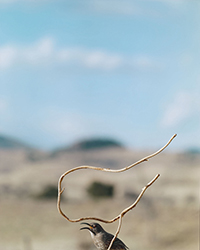


That so called ‘bronze whaler’ charging a bait ball of sardines is no more a bronze whaler (known in some parts of the world as a ‘copper shark’ but more correctly a Carcharhinus brachyurus) than I am from the planet Pluto. It is, or at least it appears to be, a whale shark or more correctly, a ‘Rhincodon typus’. The difference in appearance is considerable.
Other than that, a very interesting photo; I like the play between light and shade.